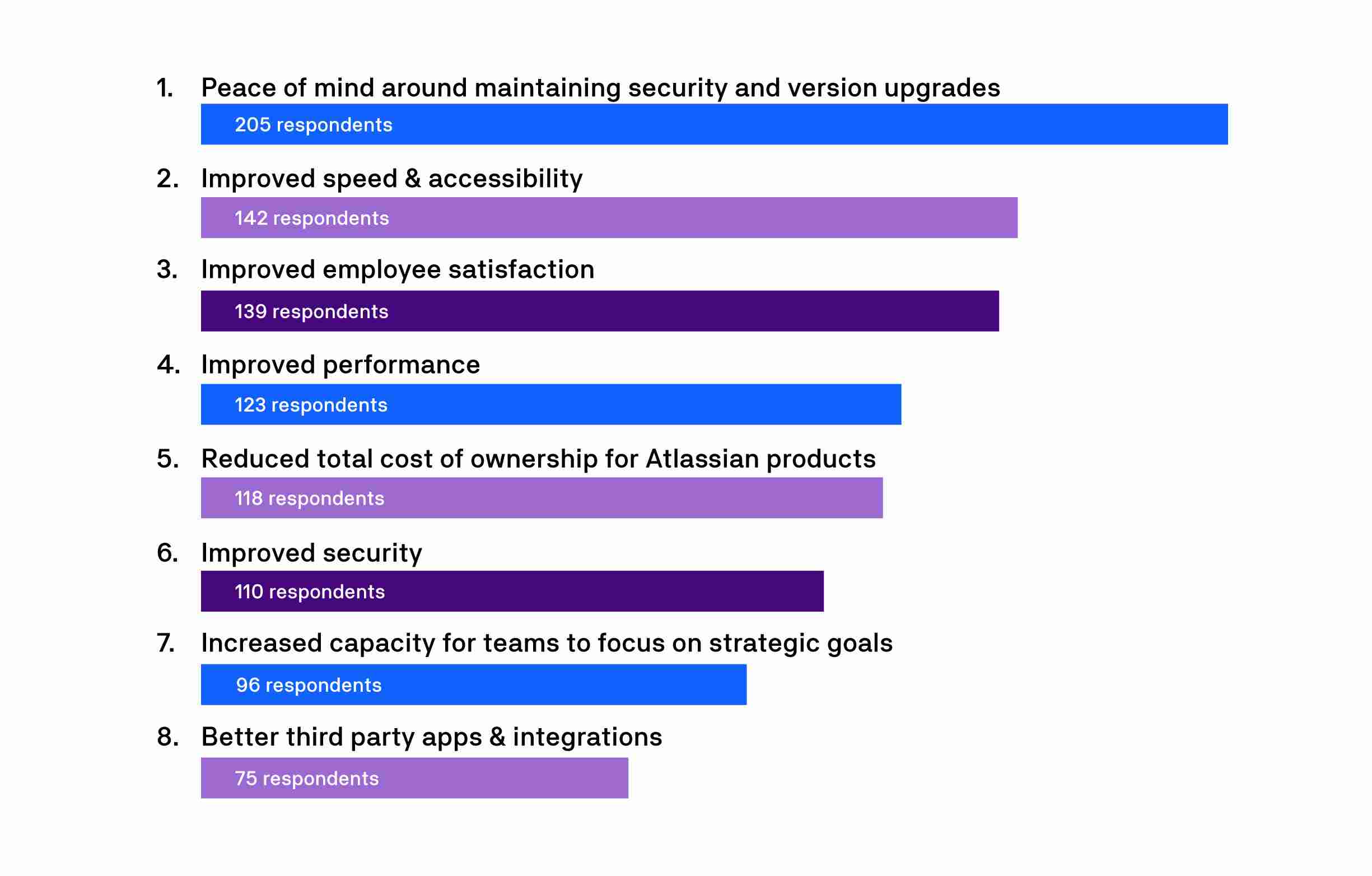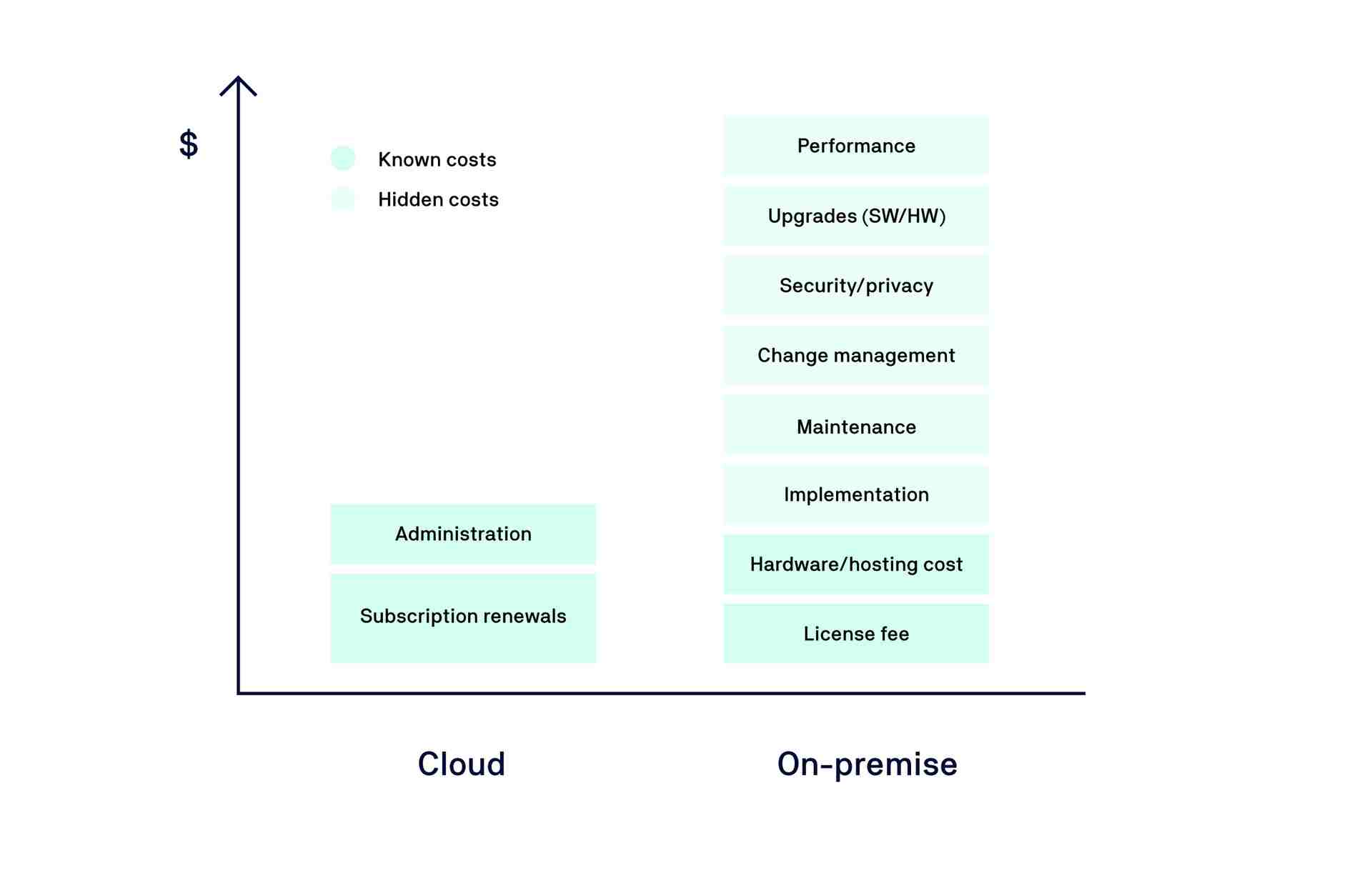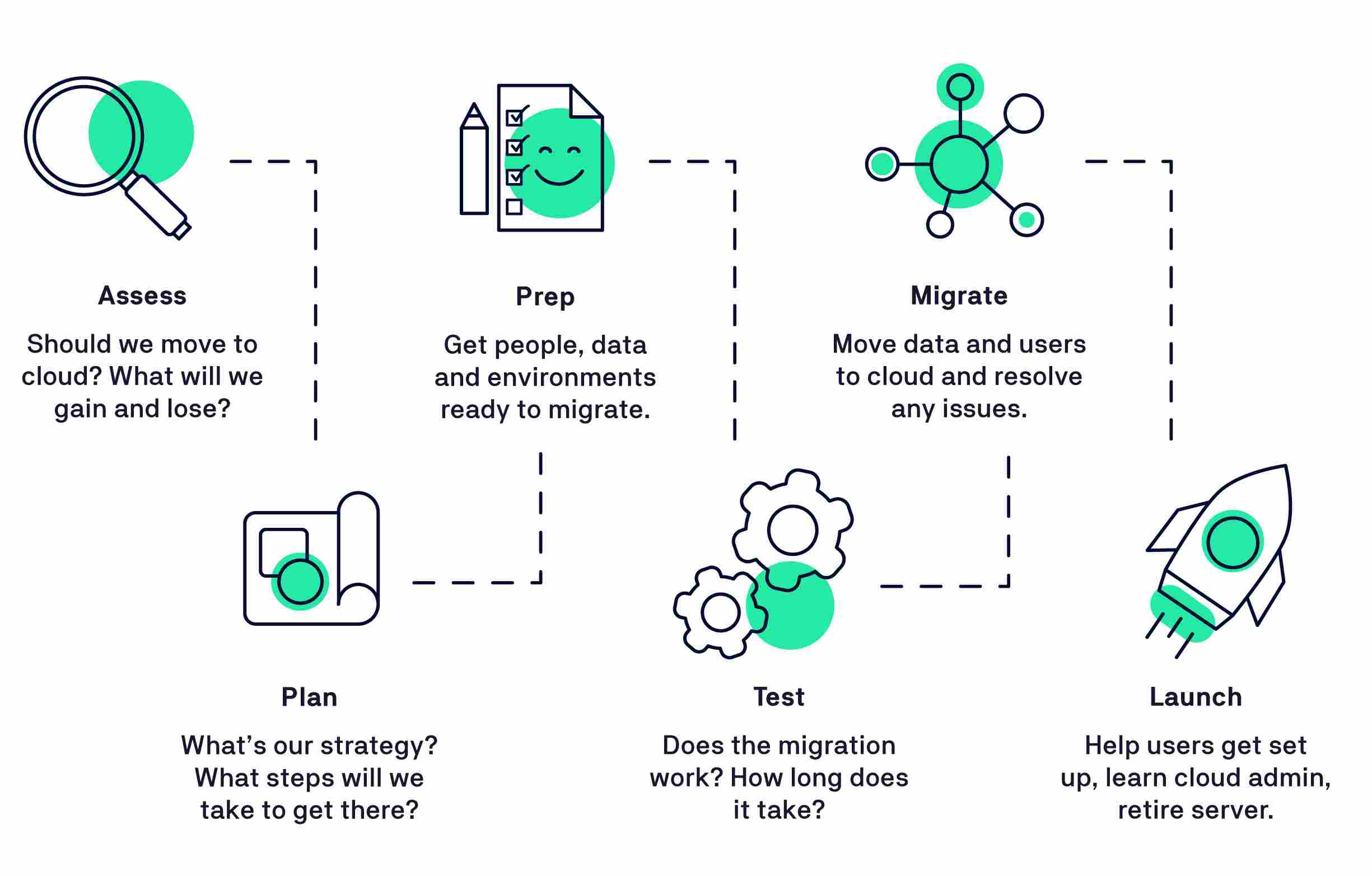Atlassian’s Server support is going *poof* as of February 15, 2024. While the date might still seem to be in the distant future, we all know how time has a knack for sneaking up on us! According to Atlassian, it can take an average of 9 months (sometimes longer) to migrate Jira to Cloud, which doesn’t leave you a lot of time to get started!
The Best Time To Start Jira Cloud Migration Was Yesterday; the Next Best Time Is Now!
The good news is that you are just in time to start assessing the move to the Cloud and mapping out each step of the journey. This article explains why moving to Cloud might be a good idea and why it is important to start right away.
Here are three reasons why you need to start thinking about Jira Cloud migration:
-
Time requirements to migrate Jira to Cloud highly depend on the instance's user count. It also depends on factors like the number and types of add-ons, automation and scripts used, third-party integrations, and whether you have multiple instances or not. As a rough estimate:
-
Migration for Jira instances of up to 1,000 users takes ~3 months.
-
From 1,000 to 5,000 users takes ~6 months.
-
5,000+ users could take ~9 months or more.
-
-
It will be very risky to start moving close to or after the deadline. If there’s a hiccup, Atlassian won’t be able to provide support.
-
Getting accustomed to the data storage and safety regulations on Cloud can take time, and your teams should be given as much head-start and cushion as possible.
Is Migrating to Jira Cloud Worth the Trouble?
We won’t sugarcoat it - Jira Cloud migrations can be difficult to navigate and can take up a lot more time and resources than originally estimated, but it really is worth it! According to Atlassian, 91% of Cloud teams interviewed reported improved security while a whopping 97% say innovation, reliability, and change management are better. The infographic below shows the top benefits of moving to Atlassian Cloud, according to a survey conducted by TechValidate.

Cloud vs. On-Premises: Why Go Through the Hassle?
Sticking with the status quo might be easier, but easier is not always better! Here’s why migrating from server to Jira Cloud is a good idea:
-
No Atlassian support: Although Atlassian products are quite dependable even without support, is it really worth taking that risk? There will be no security or firmware updates after February 2024, meaning it will be entirely up to you to keep the data safe and accessible.
-
Security risks: Of course, moving to or staying on an in-house data center is also an option. But can you afford the risks of opening ports and using VPNs for access management and self-managing governance control?
-
Additional costs: In most cases, maintaining an in-house server or data center is a lot more costly. A breakdown of the costs of on-premises hosting vs. Atlassian Cloud can be seen in the chart.

-
Lost value: Atlassian’s cloud-first strategy reflects that a lot of the features and even some apps will only be available on Atlassian Cloud. This means you will potentially be losing out on a lot of functionalities.
-
Blessing in disguise: The “pain” of migrating to Jira Cloud could also be taken as an opportunity to simplify workflows, clean up your databases, and consolidate/archive old projects.
How Do You Start Migrating to Jira Cloud?
While the process might sound daunting, Cloud migration can be very smooth if you have the right tools and resources. A visual guide gives a nice overview of the steps in a Cloud migration.

Luckily, Atlassian provides many resources to help you start the process. Using Atlassian toolkits for assessment and tracking is a great way to weigh the merit of the move.
-
To begin, Atlassian’s Cloud Migration Assistants for Jira and Confluence are perfect for assessing and auditing your apps and cleaning up your data before migrating.
-
Atlassian also offers a free 12-month Cloud migration trial, which is a great opportunity to ease into the new platform and test out the functionalities without putting too much at stake.
-
Choosing the method of your migration is the next important step.
-
Migration approaches could range from optimize and shift to lift and shift (big bang or all-at-once), phased migration, or the Greenfield approach (creating new instances).
-
Depending on your use case, you can also opt for a phased migration strategy. Phased migration:
-
Allows phased user onboarding and change management and helps you ease into the transition.
-
Leads to reduced downtime at one moment and risks of data losses.
-
Gives more time to clean up and optimize instances.
-
Offers an opportunity to gather iterative feedback for future phases of migration.
-
You can learn more about the benefits and methods of using a phased migration strategy for Jira Cloud in this blog.

Further Steps Towards Cloud Migration
-
Assessment of the costs between Jira server and cloud and conducting an ROI analysis.
-
Create a runbook and timeline for the migration and understand your requirements.
-
Getting all teams on board about the necessity and benefits of the migration, and not just the IT team, is also very important. This would help manage expectations and ensure greater understanding within the company if anything goes wrong during the process.
-
Finally, before the launch, test the migration until you have established a stable process and have performed user acceptance testing to check the workflows. Having a roll-back plan is a good idea as well.
In case you are looking for a more detailed list of steps to execute a Jira Cloud migration, we recommend getting the help of professionals such as our colleagues at Scandio GmbH or someone from hundreds of competent Atlassian partners!
Jira Cloud Is the Future!
Migrating Jira to Cloud is a big accomplishment, but true success lies in teams extracting all the benefits and value that Jira Cloud offers. A solid understanding of Cloud migration’s benefits and a well-thought-out adoption plan can help you do just that! Atlassian Cloud is continuing to revolutionize how teams work, driving value across organizations. You’ll want to consider migrating, so you don’t leave value on the table for your organization!
Migrate to Jira Cloud in Phases
Learn more about how you can use Backbone Work Sync to lead an incident-free migration to Jira Cloud in phases.